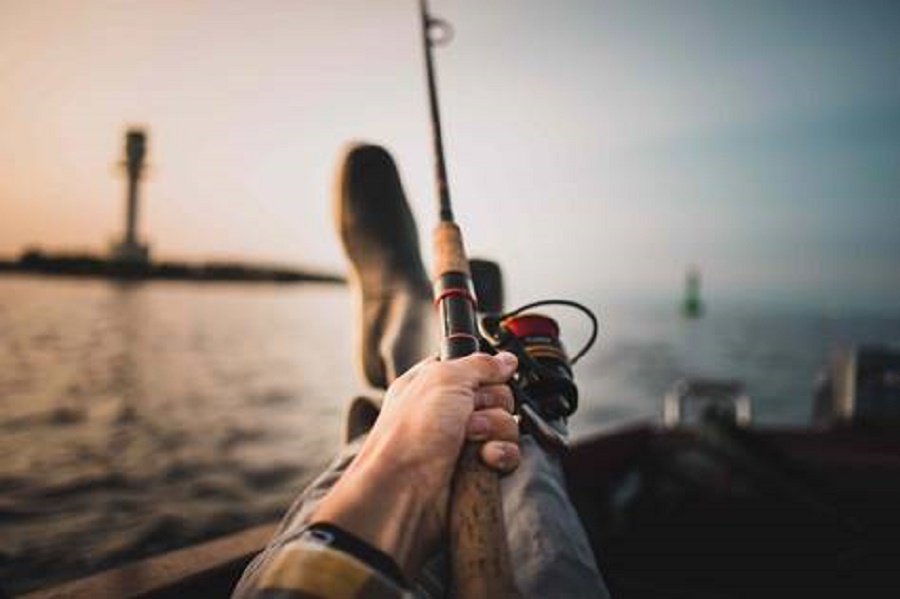Chichester Harbour
Clackmannanshire
As Britain’s smallest historic county, it is often nicknamed “The Wee County”, bordering the areas of Stirling, Fife, and Perth and Kinross. In terms of historic counties it borders Perthshire, Stirlingshire and Fife. When written, Clackmannanshire is commonly abbreviated to Clacks. The name is taken from the original county town of Clackmannan. Consisting of elements from three languages. The first element is from Scottish Gaelic: Clach meaning “Stone”. Mannan is a derivative of the Brythonic name of the Manaw, the Iron Age tribe who inhabited the area. The final element is the English word shire. The clack or stone now rests on a larger stone beside the surviving tower of Clackmannan Tolbooth and the Mercat Cross at the top of Main street.
The county became known for the weaving mills powered by the Hillfoots burns. Other industries included brewing, glass manufacture, mining and ship building. Now capitalising on its central position and transport links, Clackmannanshire attracts service industries and tourism.
The motto of Clackmannanshire is “Look Aboot Ye” (Circumspice in Latin). In 2007 a re-branding exercise led to the area adopting the slogan “More Than You Imagine”.
Clackmannanshire lies between the majestic Ochil Hills and the River Forth and provides the perfect year-round base to explore the stunning countryside, medieval castles and tower houses, an impressive collection of public art and an excellent range of outdoor activities. For leisure, there is Sterling Mills Outlet Shopping Village, five golf courses, a luxury spa, a fantastic choice of hotels, B&B’s, cottages and campsites, and a variety of places for pub grub, light bites and fine dining.
Argyll and Bute
Argyll and Bute covers the second-largest administrative area of any Scottish council. The council area adjoins those of Highland, Perth and Kinross, Stirling and West Dunbartonshire. The administrative centre for the council area is in Lochgilphead at Kilmory Castle, a 19th-century Gothic Revival building and estate.
Scotland’s Adventure Coast. Explore Scottish places that are remote, secluded, unspoiled and wild. If you are a lover of space for calm and solitude or to have an exhilarating adventure, it’s all here for you on the west coast of Scotland, in abundance. Argyll and the Isles is a glorious coastal region of glittering sea lochs, islands, hills, forests and glens just waiting to be explored. Destinations that are distinct in character and offer a unique experience. From surfing to kayaking, quad-biking to mountain biking, get off the beaten track and find your own adventure.
Go island hopping, walk in the wilderness, breathe pure air, watch magnificent sunsets and see starry skies that will take your breath away. You’ll also discover incredible wildlife, a rich Highland history and fabulous local food. Dine on the freshest seafood and savour some of the world’s most famous Scotch whiskies.
Bordering Loch Lomond and the Trossachs to the East and stretches of islands out across the west coast, Argyll and Bute is one of Scotland’s most naturally diverse locations. Whether it’s the charming seaside haunt of Oban or the highlights of the Hebrides like Jura, Islay and Mull, there truly is something here for everyone who visits. Here, the beauty of nature is the foundation on which everything is built, from sandy beaches to dense forests to stretches of coastal wilderness that evokes plenty of drama. There’s plenty to see and do here. Soak in its expansive history at one of its many castles, see where 48 ancient Scottish kings were buried at Iona Abbey, or test your walking ability on the West Highland Way, which passes directly through Argyll & Bute.
Lincolnshire
Rutland
Aberdeenshire
Located on the north-east coast of Scotland, Aberdeenshire stretches from the Banffshire coast in the north all the way around to St Cyrus National Nature Reserve in the east, featuring beautiful coastlines, pretty seaside towns, rugged cliffs and sandy bays. It also has some incredible mountains and farmland as it runs towards the Cairngorms National Park.
Aberdeenshire is still mostly untouched by tourism. With a gorgeous coastline, the Royal Deeside, and Cairngorms National Park it is the fourth largest region in Scotland. There are 165 miles of coastline – from Stonehaven in the south to Cullen in the north, the Aberdeenshire coast has cute harbour villages, waves crashing over towering sea cliffs, and huge swathes of beautiful beaches. It also has more castles per acre than the rest of the UK – from the majestic Dunnottar, to the bright pink Craigievar Castle as well as Balmoral, the home of the Royal Family in Scotland.
The North East 250 is a four day two hundred and fifty mile road trip through the Cairngorms National Park to Royal Deeside, through the city, and up Scotland’s east coast to the Moray Firth and Speyside. Alternatively there is the Aberdeenshire Coastal Trail. A one hundred and twenty mile drive covering the entire coast from St Cyrus to Portsoy. Visiting Dunnottar Castle, fish and chips in Stonehaven and stops in the tiny coastal villages hugging the Banffshire coast.
Finally there are the ninety mile ‘snow roads’ that take you through the heart of the Cairngorms from Blairgowrie to Grantown on Spey, via Braemar and the edge of Aberdeenshire. The Cairngorms National Park has some of Scotland’s highest mountains and best walking in Scotland.
Warwickshire
West Lothian
Khao Jod Coffee
Khao Jod Coffee is a single estate Arabica coffee which is grown in the Si Sawat district Kanchanaburi.

